As the sun climbs higher, those beloved garden beds can turn into little infernos. Whether you’re shielding delicate seedlings or trying to create a more comfortable patio space, harsh summer rays can quickly become a gardener’s nemesis.
This is where shade cloth truly shines, offering an ingenious way to manage light and heat. From providing essential UV protection garden fabric for your precious plants to offering a cooler haven on your balcony, this versatile gardening essential can transform your outdoor experience.
Imagine extending your growing season, protecting your pets, or simply enjoying your patio longer. We’ve curated a selection of the best shade solutions to help you cultivate your perfect outdoor haven with ease.
Key Takeaways
- Mocha and cool-toned shade cloths create inviting, serene outdoor spaces by filtering sunlight and reducing heat.
- Black shade cloths offer robust sun protection for plants and patios, effectively blocking harsh rays and heat.
- Durable mesh construction in various shade cloths ensures longevity and effective sunlight reduction for comfortable environments.
- Proper installation may require adjustments for tautness, and darker colors might retain more heat than lighter ones.
- Shade cloths are versatile for pergolas, patios, and raised garden beds, enhancing comfort and protecting plants.
- Permeable sand sun sails offer dappled shade and improved air circulation, creating a breezy, coastal ambiance.
| Image |  | 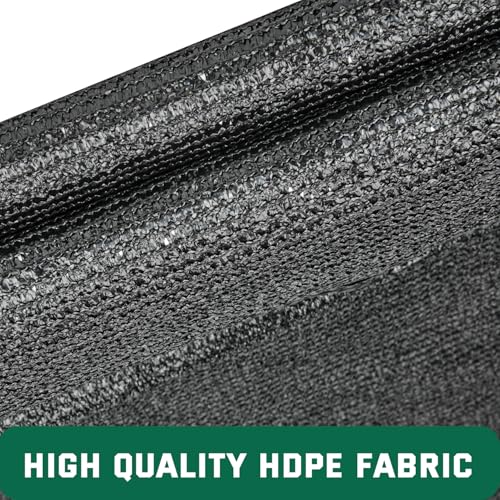 | 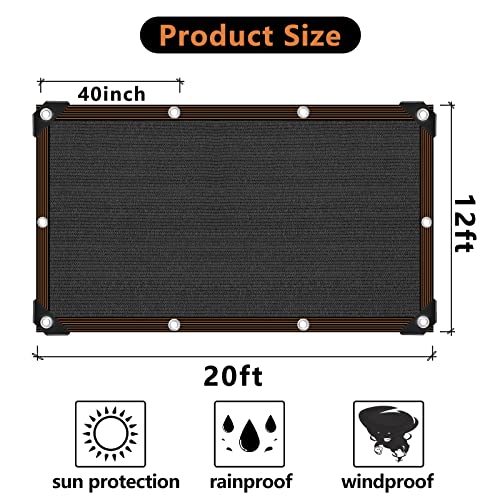 |
|---|---|---|---|
| Product | Shade&Beyond 90% Sun Shade Cloth with Grommets, 8′ X 12′ Pergola Shade Cover Canopy, Mesh Tarp Sun Screens for Patio, Outdoor, Garden, Backyard, Mocha Shade&Beyond | Kesfitt Garden 70% Shade Cloth, Resistant Sun Shade Net 10x20FT Mesh Tarp with HDPE Material and Reinforced Grommets Shade Trap for Greenhouse, Plant, Pergola, and Backyard Patio Sunshade Kesfitt | 90% Shade Cloth for Garden -12 x 20 FT Durable Mesh Tarp with Grommets, Sunblock Net for Patio for Plants Greenhouse Outdoor Pergola Sun Shade Neting for Chicken Coop Cover QLOFEI |
| Link | Check Price on Amazon | Check Price on Amazon | Check Price on Amazon |
| Material | High-Density Polyethylene (HDPE) | HDPE UV-protection polyethylene | High density polyethylene |
| Size/Capacity | 8′ X 12′ | 10x20FT | 12 x 20 FT |
| Key Features |
|
|
|
| Depth/Height | |||
| Best For | Patio, Outdoor, Garden, Backyard | Greenhouse, Plant, Pergola, Backyard Patio | Patio, Plants, Greenhouse, Outdoor Pergola, Chicken Coop |
1. Mocha Pergola Shade Cloth




Your pergola will feel instantly more inviting when shaded by this warm mocha hue.
This component is perfect for adding a touch of relaxed farmhouse warmth to your outdoor space, enhancing the cozy mood on bright afternoons.
Pros
This shade cloth effectively blocks a significant amount of sunlight, offering welcome relief from intense heat while its durable mesh construction is designed for longevity.
Cons
Ensuring this shade cloth remains taut might require occasional adjustment, and its mocha color could subtly shift depending on the ambient light conditions.
Best for: Creating a comfortable, shaded retreat beneath a pergola.
View this product’s details and availability on Amazon.
2. Shade Cloth for Cool Gardens

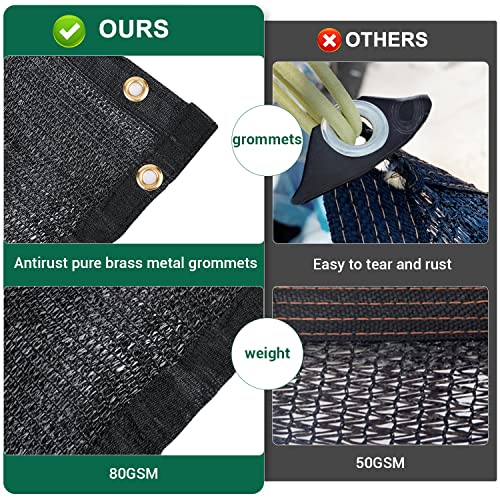
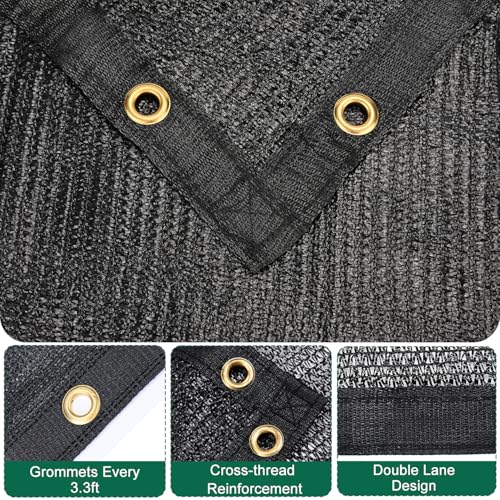

Your patio will instantly feel more serene with the gentle filtering of this cool, inviting shade.
This versatile shade cloth can dramatically transform a sun-baked pergola into a tranquil oasis, fostering a deeply calming mood for quiet afternoons. Its generous dimensions are ideal for creating a peaceful, shaded retreat where you can truly unwind amidst your garden.
Pros
This shade cloth offers excellent protection from harsh sunlight, creating a more comfortable environment, and its durable construction ensures it will withstand outdoor conditions for seasons to come.
Cons
Achieving a perfectly taut installation may require some effort, and the fabric’s color may exhibit subtle variations depending on the angle of the sun.
Best for: Crafting a shaded sanctuary under a pergola.
View this product’s details and availability on Amazon.
3. Shade Cloth for Happy Plants


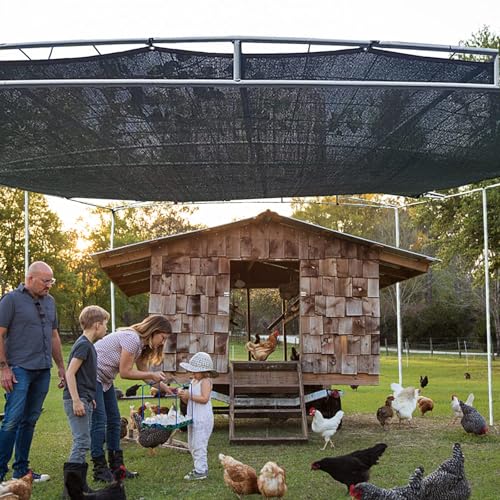

Extend your garden’s comfort zone beyond the patio.
This generous shade cloth creates a blissful haven, transforming a sun-drenched pergola into a cool, inviting retreat that fosters a mood of tranquil repose. Framing its edges with smooth river stones will enhance the modern simplicity of this functional accent.
Pros
This shade cloth effectively reduces intense sunlight, providing welcome relief from harsh rays and creating a more comfortable outdoor experience. Its durable construction ensures it will serve faithfully for seasons to come.
Cons
Achieving a perfectly taut installation may require some initial effort, and the fabric’s density might subtly alter air circulation.
Best for: Crafting a shaded sanctuary under a pergola.
View this product’s details and availability on Amazon.
4. Black Shade Cloth for Gardens
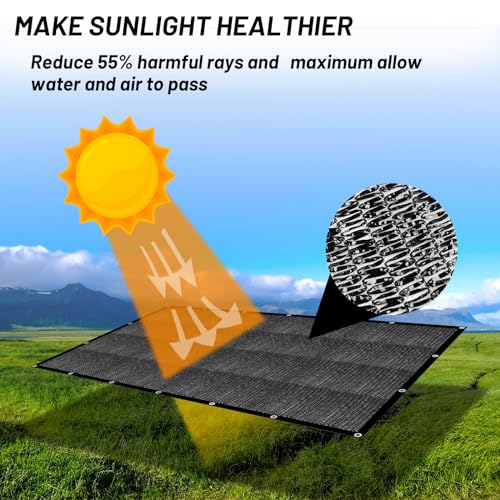

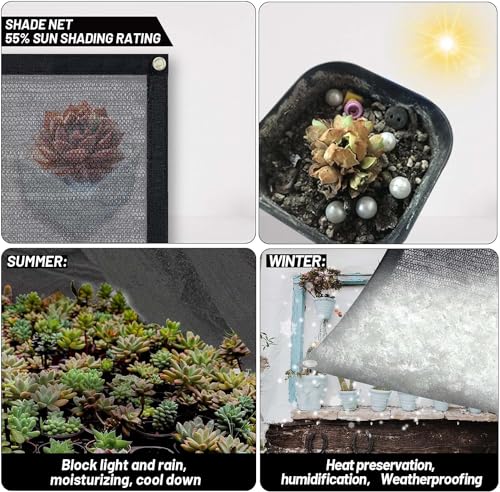
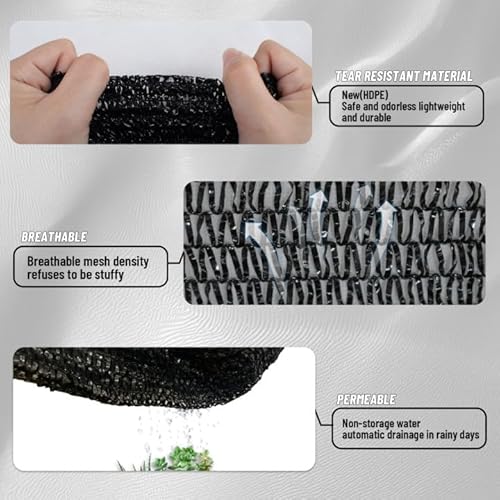
Your patio enjoys cooler temperatures with this dark protective canopy.
This versatile shade cloth offers a modern simplicity, casting a comforting, cool ambiance perfect for quiet afternoons spent outdoors. Framing the edges of your pergola with smooth river stones will highlight its clean lines and functional elegance.
Pros
This shade cloth effectively blocks significant sunlight, providing essential relief from harsh heat and safeguarding delicate plants. Its robust construction is designed for enduring outdoor use, promising seasons of reliable performance.
Cons
Ensuring this shade cloth remains perfectly taut may require occasional adjustments to secure it evenly. The deep black color, while stylish, could potentially absorb and retain more heat than lighter alternatives.
Best for: Creating a comfortable shaded retreat beneath a pergola.
View this product’s details and availability on Amazon.
5. Black Shade Cloth for Plants
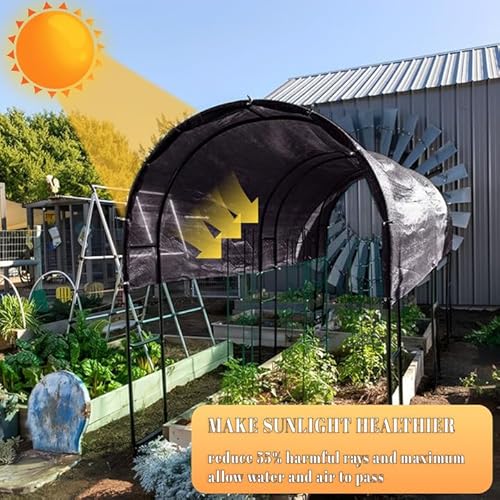
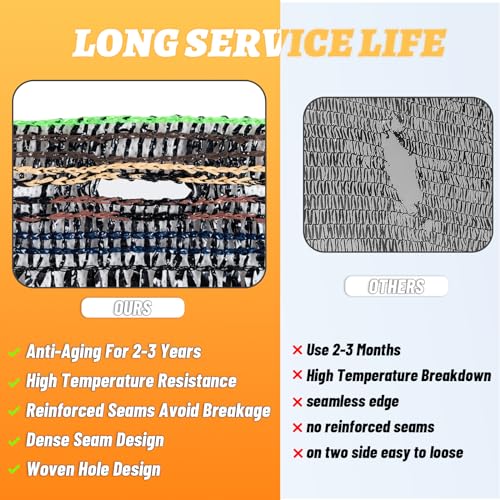
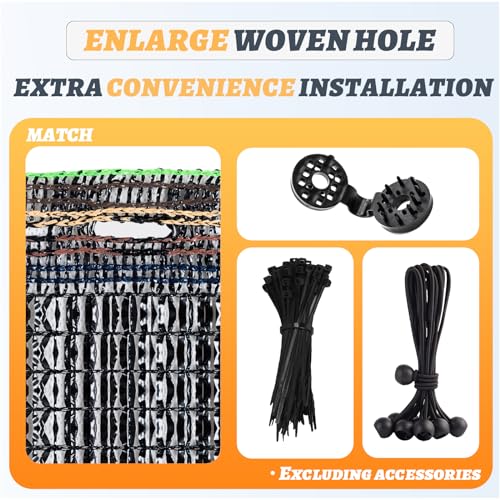
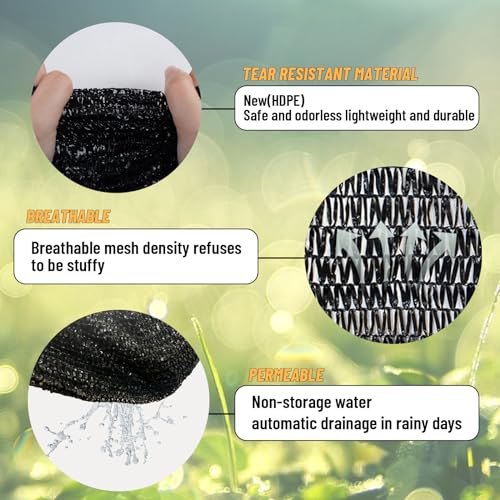
Your delicate plants gain a cool haven beneath this functional black mesh.
This component introduces a touch of modern simplicity to your garden, creating a serene mood perfect for tender seedlings or unwinding on warm afternoons. Layering this practical netting over a simple wooden frame will highlight its clean lines and protective embrace.
Pros
This shade cloth effectively filters harsh sunlight, offering crucial protection for your plants and creating a more comfortable environment. Its sturdy construction is designed to withstand the elements, promising reliable shade for seasons to come.
Cons
Achieving a perfectly taut fit may require some initial adjustment, and the deep color could absorb more ambient heat than lighter alternatives.
Best for: Shielding vulnerable plants from intense sun.
View this product’s details and availability on Amazon.
6. Shade Cloth for Sun-Sensitive Plants

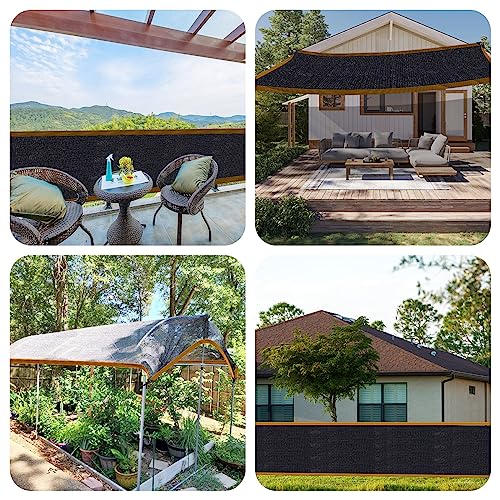

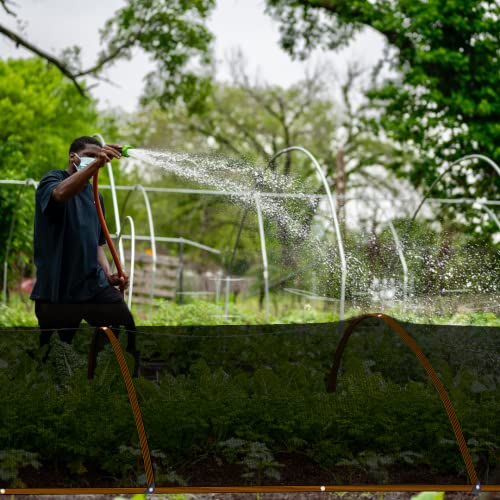
Your garden beds will bask in a gentler light with this protective mesh.
This versatile shade cloth creates a nurturing microclimate, fostering a tranquil mood ideal for tender seedlings or simply enjoying a cooler afternoon. Ground the edges of your plant beds with a border of smooth river stones to enhance this component’s understated, protective embrace.
Pros
This shade cloth offers significant protection from harsh sunlight, creating a more comfortable and forgiving environment for delicate plants, and its durable construction ensures it will provide reliable shade for seasons to come.
Cons
Achieving a perfectly taut installation may require some initial effort, and the deep color could absorb more ambient heat than lighter alternatives.
Best for: Shielding vulnerable plants from intense sun.
View this product’s details and availability on Amazon.
7. Raised Bed Shade for Plants
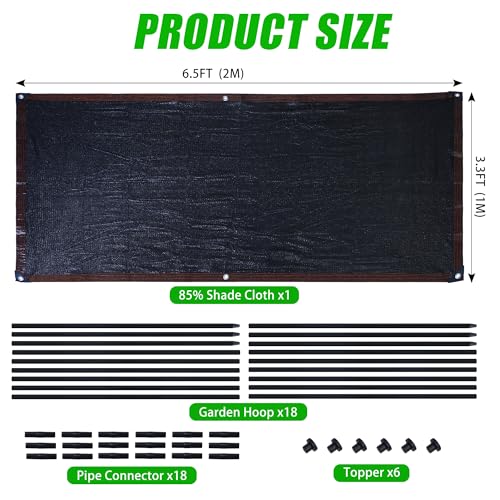

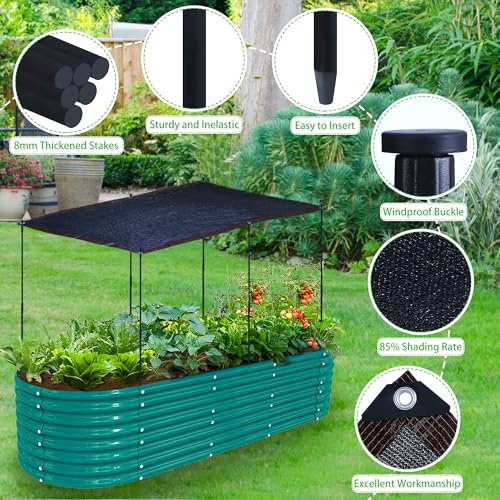

Your garden beds will enjoy a cooler atmosphere under this protective covering.
This versatile component introduces a touch of farmhouse warmth to your raised beds, creating a soothing mood perfect for tender seedlings or simply enjoying a gentler afternoon light. Ground the edges of your plant beds with a border of weathered wood to enhance this piece’s understated, nurturing embrace.
Pros
This shade cloth effectively filters harsh sunlight, providing crucial protection for your plants and creating a more comfortable growing environment. Its durable construction is designed to withstand the elements, promising reliable shade for seasons to come.
Cons
Achieving a perfectly taut installation may require some initial effort to secure evenly, and the natural color could subtly shift depending on the ambient light conditions.
Best for: Shielding vulnerable plants from intense sun.
View this product’s details and availability on Amazon.
8. Shade Cloth for Happy Plants
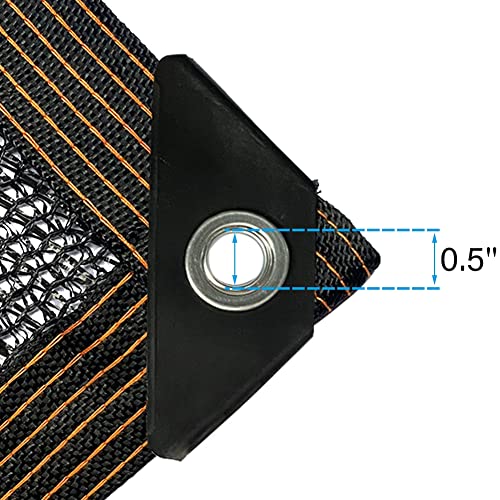
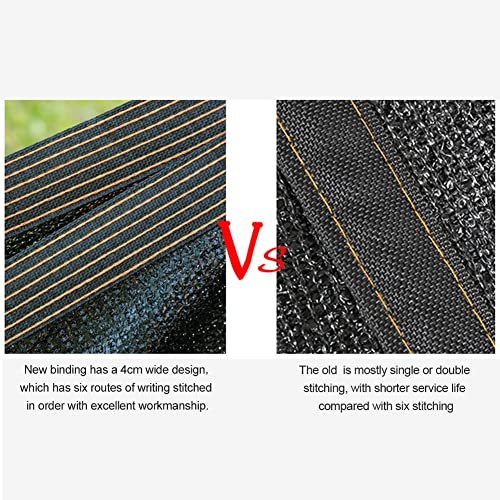
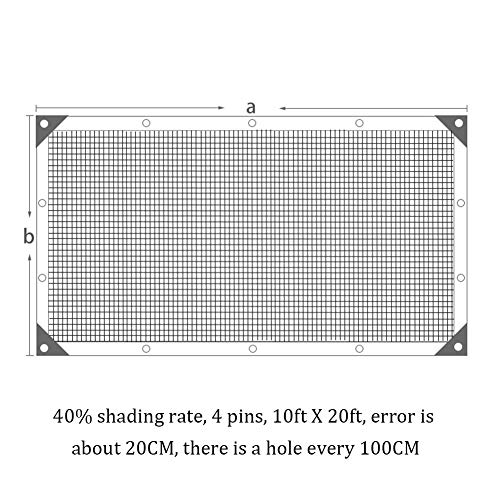
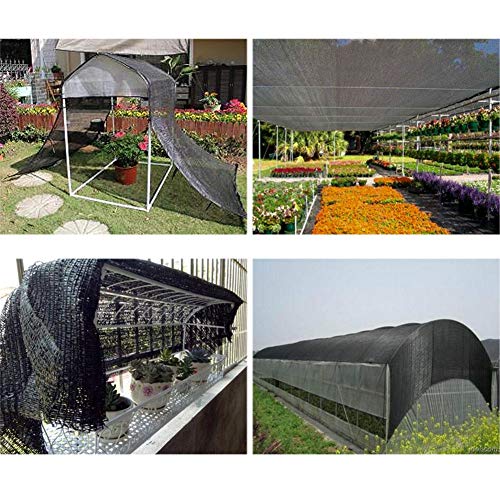
Your delicate seedlings gain a cool haven beneath this practical black mesh.
This component introduces a touch of modern simplicity to your garden, creating a serene mood perfect for tender seedlings or unwinding on warm afternoons. Layering this practical netting over a simple wooden frame will highlight its clean lines and protective embrace.
Pros
This shade cloth effectively filters harsh sunlight, offering crucial protection for your plants and creating a more comfortable environment. Its sturdy construction is designed to withstand the elements, promising reliable shade for seasons to come.
Cons
Achieving a perfectly taut fit may require some initial adjustment, and the deep color could absorb more ambient heat than lighter alternatives.
Best for: Shielding vulnerable plants from intense sun.
View this product’s details and availability on Amazon.
9. Black Garden Privacy Screen

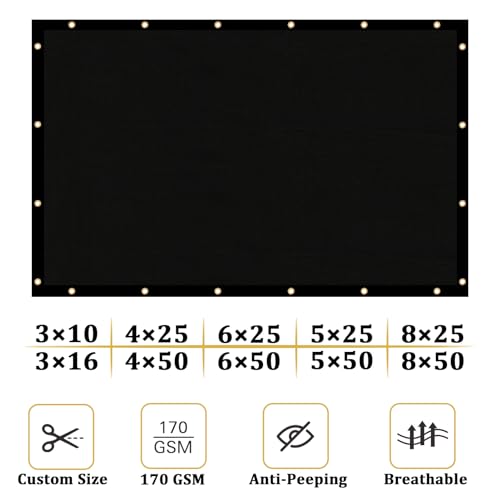
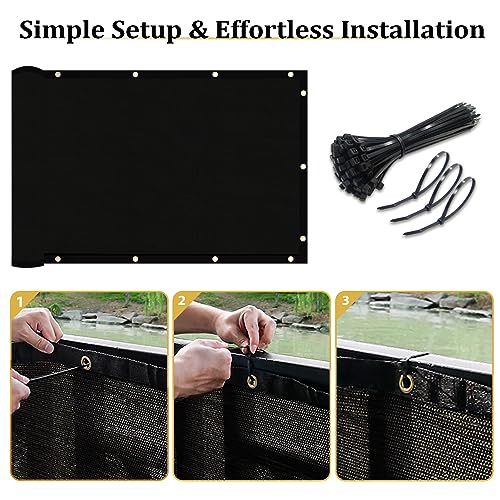

Your fence gains immediate visual privacy with this dark mesh.
This component introduces a touch of modern simplicity to your garden, creating a serene mood perfect for tender seedlings or unwinding on warm afternoons. Layering this practical netting over a simple wooden frame will highlight its clean lines and protective embrace.
Pros
This shade cloth effectively filters harsh sunlight, offering crucial protection for your plants and creating a more comfortable environment. Its sturdy construction is designed to withstand the elements, promising reliable shade for seasons to come.
Cons
Achieving a perfectly taut fit may require some initial adjustment, and the deep color could absorb more ambient heat than lighter alternatives.
Best for: Shielding vulnerable plants from intense sun.
View this product’s details and availability on Amazon.
10. Permeable Sand Sun Sail




Your patio enjoys a soft, airy embrace from this sandy-hued canopy.
This permeable shade sail introduces a touch of relaxed coastal charm, creating a wonderfully breezy and inviting atmosphere perfect for lingering on warm afternoons. Framing the anchor points with smooth, weathered driftwood will enhance this piece’s natural, laid-back feel.
Pros
This shade sail effectively filters harsh sunlight, providing a comfortable dappled shade and its permeable design allows for better air circulation, preventing heat buildup.
Cons
Ensuring this shade sail remains perfectly taut may require occasional adjustment of the tension points, and its light color could be more susceptible to showing dirt over time.
Best for: Creating a cool, shaded retreat on a patio or deck.
View this product’s details and availability on Amazon.
This post contains affiliate links. Purchases may earn me a commission at no extra cost to you.
FAQs
Q: How does shade cloth affect plant growth in a greenhouse?
Shade cloth can boost plant growth by reducing excessive heat and light intensity, creating a more optimal environment for many plant species.
Q: What are the benefits of using shade cloth in greenhouse gardening?
Shade cloth helps prevent heat stress, reduces water evaporation, and protects plants from intense sunlight, leading to healthier growth and improved yields.
Q: How much can shade cloth increase plant growth in a greenhouse?
Studies and case examples have shown shade cloth can increase plant growth by up to 30% by managing environmental factors within the greenhouse.
Q: Is shade cloth safe for use around plants in a greenhouse?
Yes, shade cloth is designed to be used around plants and is safe, providing a protective layer without hindering necessary light or air circulation when properly applied.
Q: How should shade cloth be installed for optimal greenhouse performance?
Install shade cloth securely over the greenhouse structure, ensuring even coverage. Proper tension is important to prevent flapping and maintain consistent shade levels.
Q: What is the typical lifespan of greenhouse shade cloth?
The lifespan of shade cloth can vary, but most high-quality options are designed to last between 5 to 10 years with proper care and maintenance.
Q: How do I care for my greenhouse shade cloth?
Care involves occasional cleaning to remove dirt and debris that can block light, and checking for any damage. Store it properly during off-seasons if applicable.
Top 10 Shade Cloth
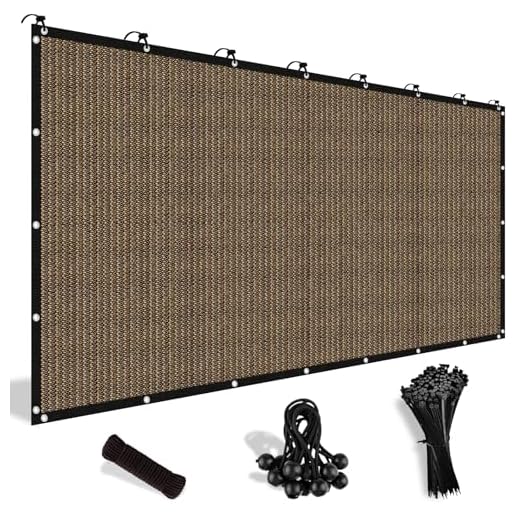
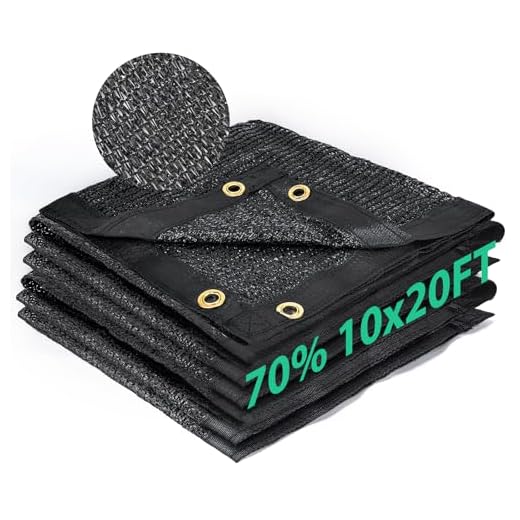
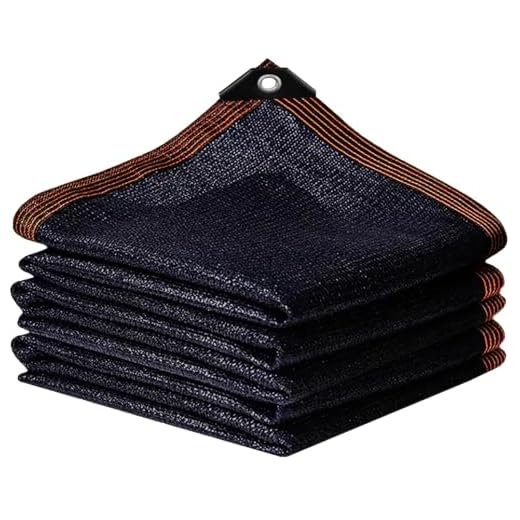

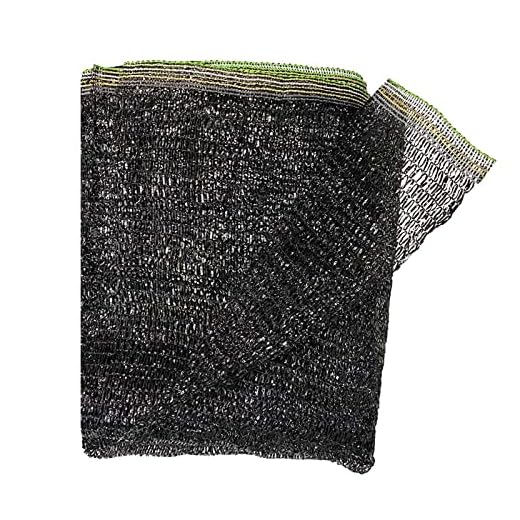
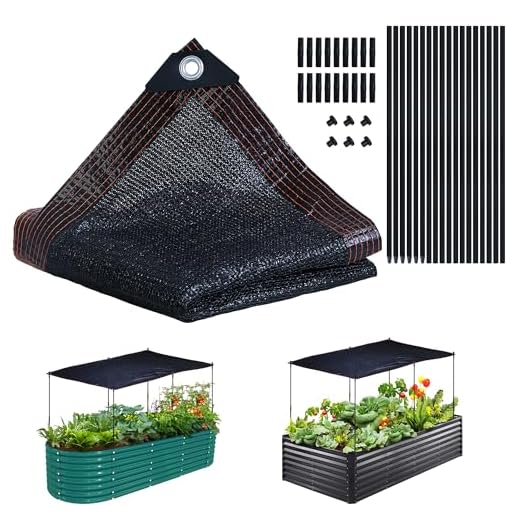




Conclusion
Selecting the right shade cloth depends on your primary need: creating comfortable outdoor living spaces or protecting plants. While most options effectively filter sunlight and are durable, consider the installation ease and potential for heat absorption. Choose pergola shade cloths for patios and decks; select plant-specific shades for garden beds and seedlings.
Recommended Products
- Mocha Pergola Shade Cloth – Adds farmhouse warmth to outdoor spaces and effectively blocks significant sunlight.
- Black Shade Cloth for Gardens – Offers a modern look and provides essential relief from harsh heat for delicate plants.
- Permeable Sand Sun Sail – Creates a cool, dappled shade with better air circulation for patios and decks.

Angelina Everly leads the editorial desk at Live Green Gardens, blending practical plant care, hands-on product testing, and approachable outdoor styling. She focuses on step-by-step how-tos, buyer’s guides, and small-space makeovers that work in real life and real budgets. When she’s not comparing pruning shears or setting up a drip kit, you’ll find her creating cozy corners with planters, solar lights, and pollinator-friendly picks—always with clear pros/cons and safety notes so you can buy once and garden happy.

